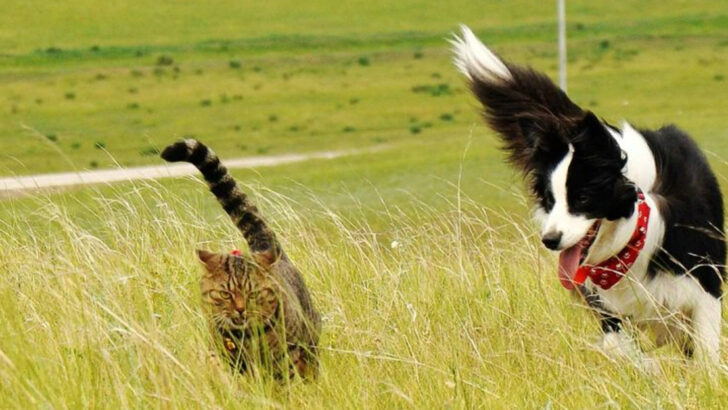Not all dogs are built for harmony with cats. In fact, some breeds are downright hostile when it comes to coexisting with our feline friends.
These dogs are not just a little bit feisty—they have instincts that make sharing a home with cats a ticking time bomb. Whether it’s prey drive, territorial behavior, or a history of aggression, certain breeds are simply not suited for a peaceful multi-pet household.
So, before you add a furry friend to your family, consider the dog breed carefully. A sweet, cuddly puppy could transform into an unpredictable nightmare when put under the same roof as a curious cat.
In this post, we’ll reveal the 21 most aggressive dog breeds that simply cannot live with cats. If you’re planning to introduce a dog into your home, make sure you avoid these breeds, or get ready for some serious cat drama!
Pit Bull Terrier
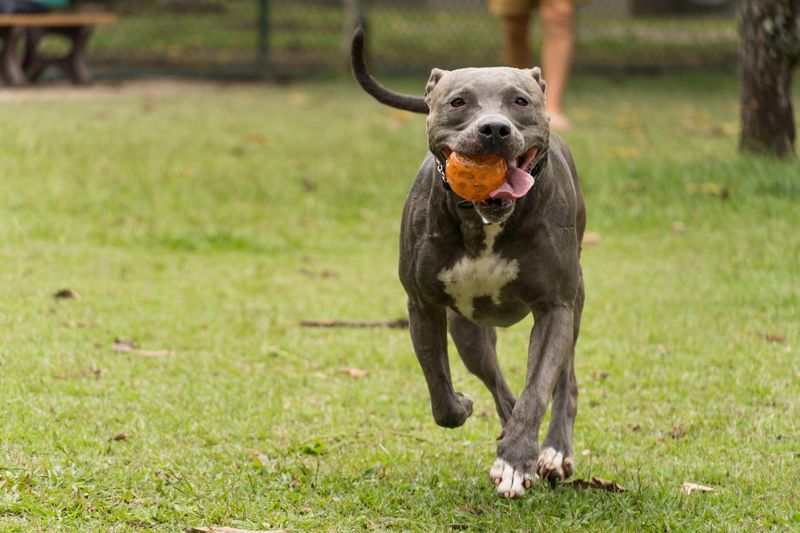
Pit Bull Terriers are known for their strength and tenacity. They have a high prey drive, which can make them incompatible with cats.
While they can be affectionate with humans, their natural instincts may kick in when a cat enters the scene. It’s crucial for owners to recognize these instincts.
Early socialization might not curb their chase instinct, making it challenging to have them around cats. Owners should ensure secure environments and constant supervision if these breeds are in homes with smaller animals.
Rottweiler
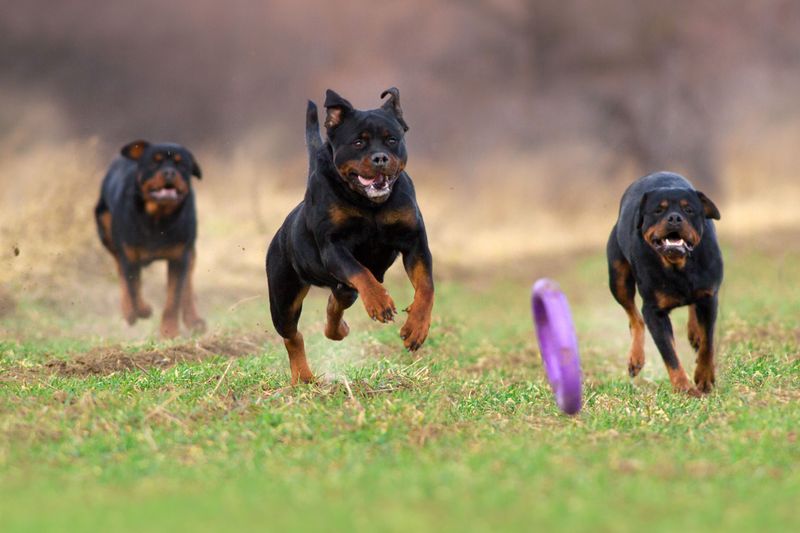
Rottweilers are known for their loyalty and protective nature. Their strong drive to protect can make them unsuitable for living with cats.
Rottweilers have a natural instinct to chase smaller animals, including cats. This behavior can be difficult to manage without dedicated training.
While they can be gentle giants with family members, their territorial nature might pose challenges in a multi-pet household.
Owners need to be vigilant and provide consistent training if considering a Rottweiler in a home with cats.
Doberman Pinscher
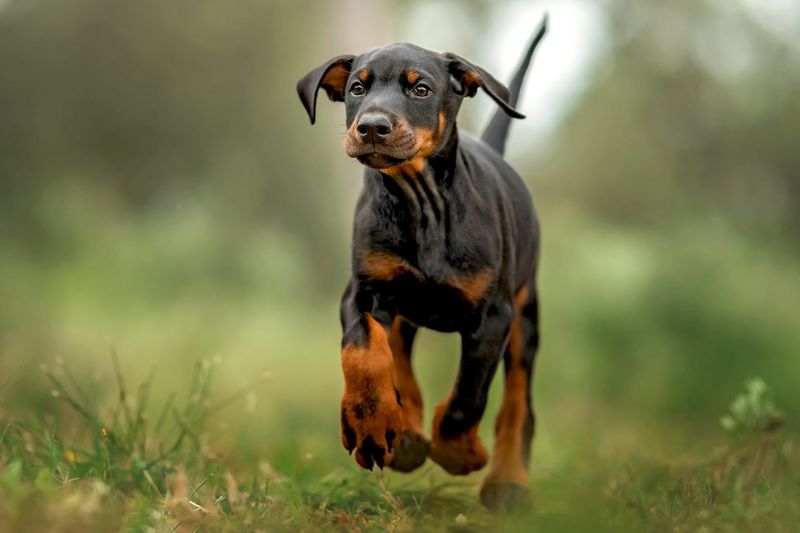
Doberman Pinschers are intelligent and protective. Their high energy and strong prey drive can make cohabiting with cats a challenge.
With an imposing presence and agility, they might see smaller animals as something to chase. This can create tension in homes with cats.
Providing ample exercise and mental stimulation is essential, yet may not fully eradicate their instinctual behaviors. Owners should be cautious and consistently monitor interactions between Dobermans and cats.
Siberian Husky
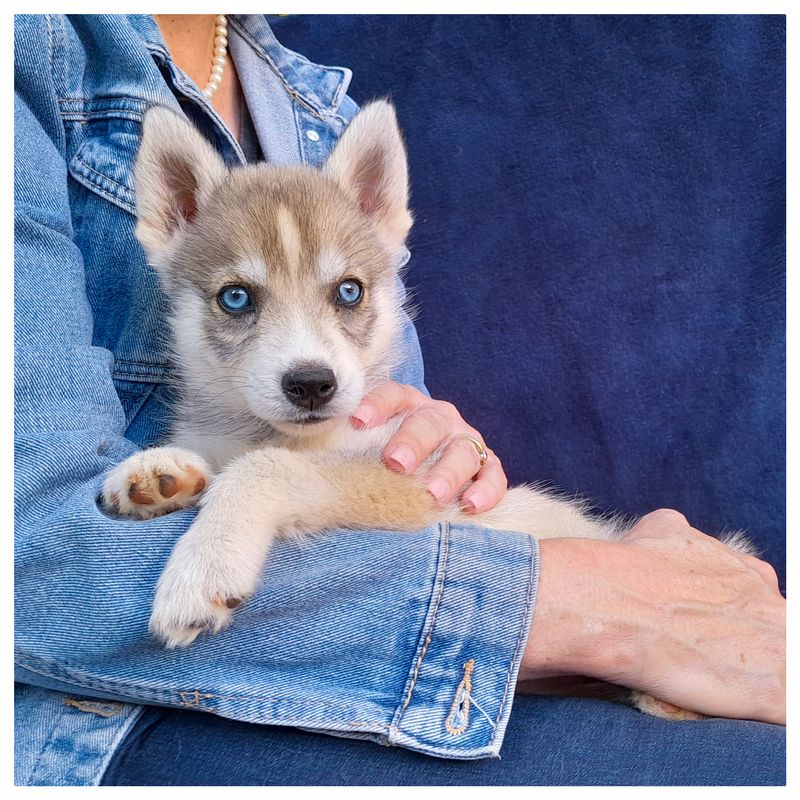
Siberian Huskies are known for their striking appearance and independent nature. Their prey drive is particularly high, causing issues with cats.
Bred for hunting and pulling sleds, they may see cats as potential prey rather than companions. This trait is deeply ingrained.
Even with training, the unpredictable nature of a Husky may surface, leading to unwanted chases or aggressive behavior towards cats. Owners should ensure secure spaces and never leave them unsupervised with felines.
Alaskan Malamute
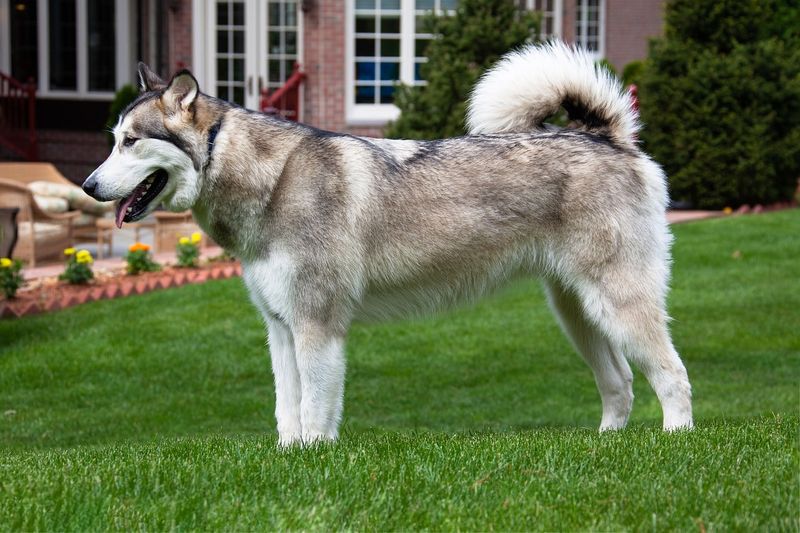
Alaskan Malamutes are powerful and independent, traits that often conflict with peaceful cat coexistence.
Bred for strength and endurance, they have a strong prey instinct that can make living with cats problematic. This instinct is hardwired.
Consistent training may help manage behaviors, but owners must recognize the natural instincts of Malamutes. Secure environments and supervision are key if cats are present.
German Shepherd

German Shepherds are known for their intelligence and protective instincts. Their drive to pursue smaller animals can be troublesome for cat households.
While they can be trained to obey commands, their natural instincts are powerful. Cats may inadvertently trigger these instincts.
Providing structured routines and training may help, yet owners must remain vigilant. Ensuring separate spaces for cats and dogs can prevent unwanted encounters.
Jack Russell Terrier
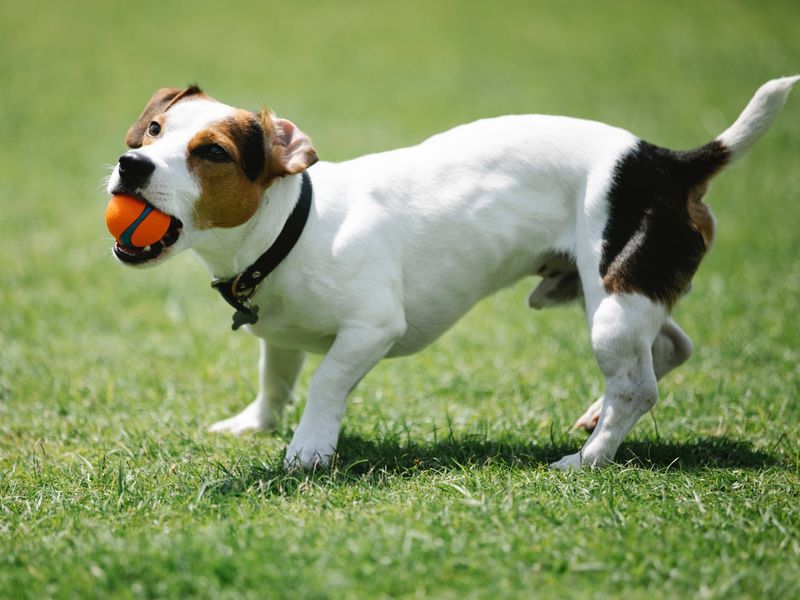
Jack Russell Terriers are small but packed with energy and a strong prey drive.
This breed is known for its hunting instincts, which are often directed towards smaller animals, including cats.
Despite their size, their tenacity and energy make them challenging to manage in homes with cats. Owners should prioritize training and exercise to channel their energy positively.
Chow Chow
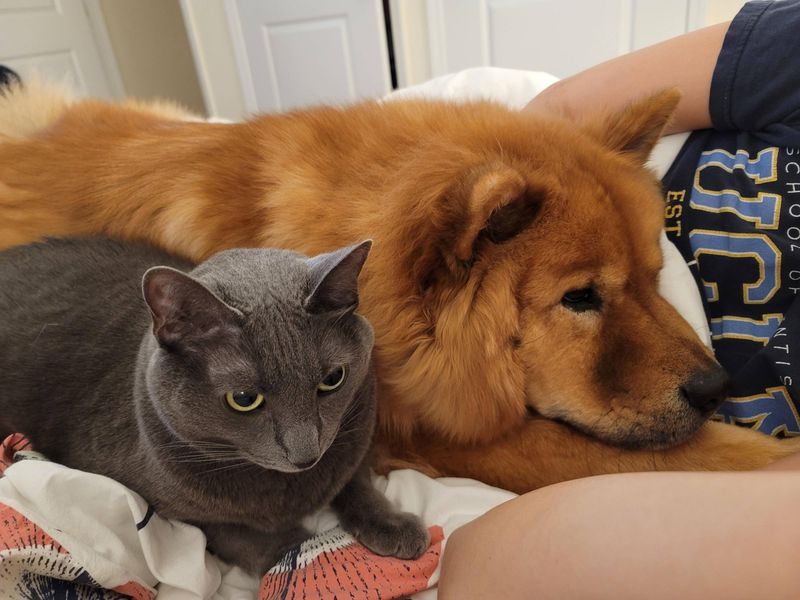
Chow Chows are independent and aloof, traits that can make them less tolerant of cats.
Their strong territorial instincts mean they may not appreciate sharing their space with other animals.
This breed requires careful introduction and supervision if cats are present. Their stubborn nature can make training challenging, but patience and persistence are essential.
Greyhound
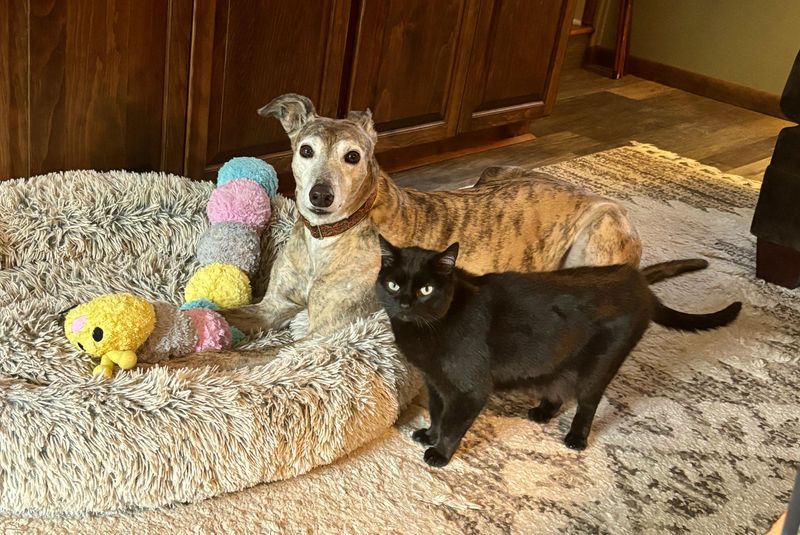
Greyhounds are gentle yet possess a strong chase instinct, stemming from their racing background.
Even retired Greyhounds, accustomed to smaller animals, may find it difficult to resist the urge to chase cats.
Their speed and agility make this chase instinct particularly potent. Owners must ensure secure environments and consider if their home is suitable for both cats and Greyhounds.
Dalmatian
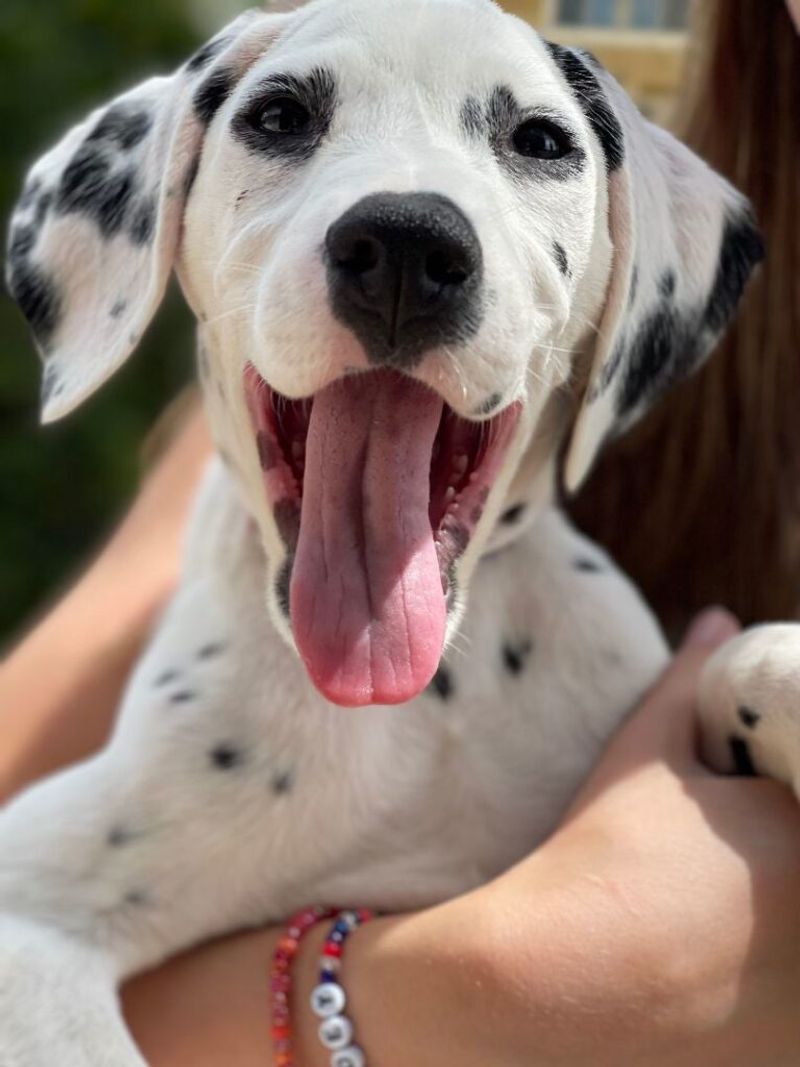
Dalmatians are energetic and playful, but this energy can translate into aggressive chasing in a multi-pet environment.
Their instincts to guard and protect can lead to territorial disputes with cats.
Proper training and exercise are crucial to manage these instincts, but supervision is always necessary. Owners should ensure boundaries and safe spaces for both pets.
Weimaraner
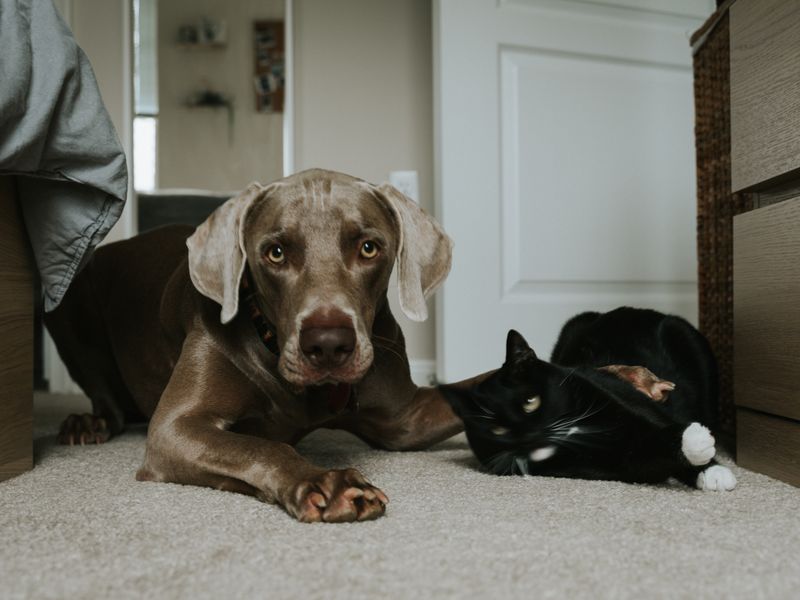
Weimaraners are bred for hunting, making them keen trackers with a strong prey drive.
Cats may trigger this hunting instinct, leading to aggressive behavior.
Vigilance and training are crucial, yet these instincts are deeply ingrained. Consideration of the home environment is essential for owners contemplating a Weimaraner alongside cats.
Border Collie
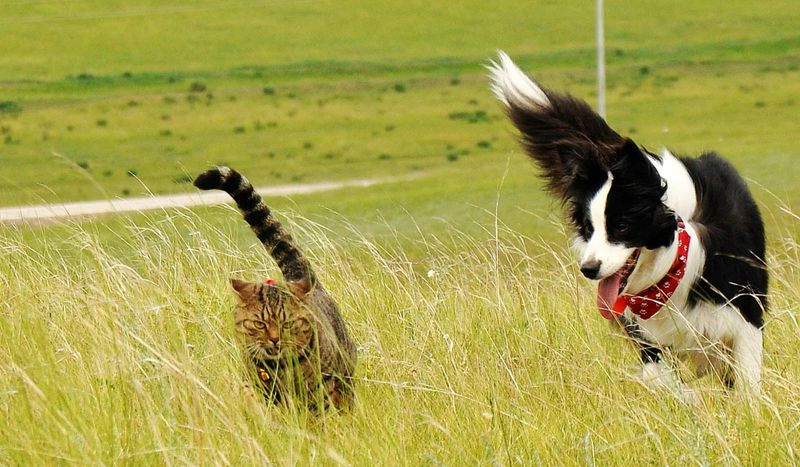
Border Collies are intelligent and driven. Their herding instincts can become problematic in homes with cats.
They may attempt to herd cats, leading to stress and potential aggression.
While training can help, their instinctual behavior may persist. Owners should provide ample mental stimulation and ensure safe spaces for feline companions.
Dogo Argentino
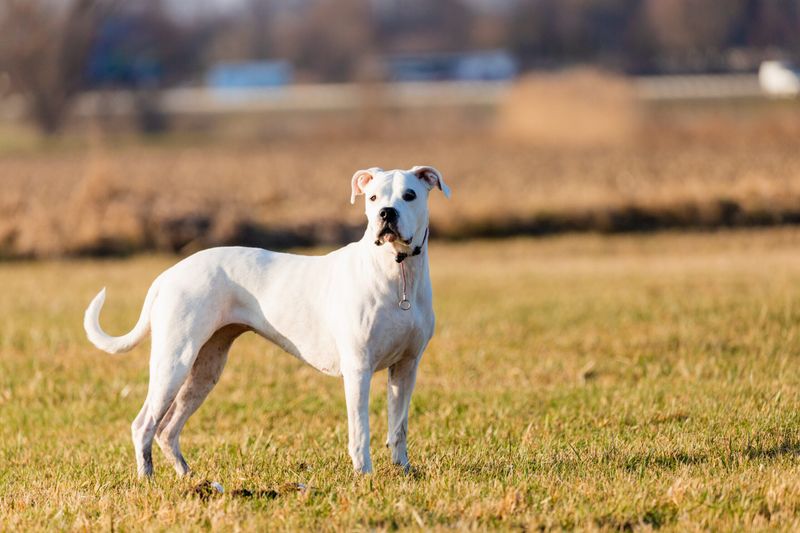
Dogo Argentinos are muscular and protective, traits that conflict with peaceful cat interactions.
Their strong chase instinct is hard to curb, making them unsuitable for homes with cats.
Training can manage behaviors but doesn’t eliminate instincts. Careful consideration and supervision are vital for owners with both dogs and cats.
Bullmastiff
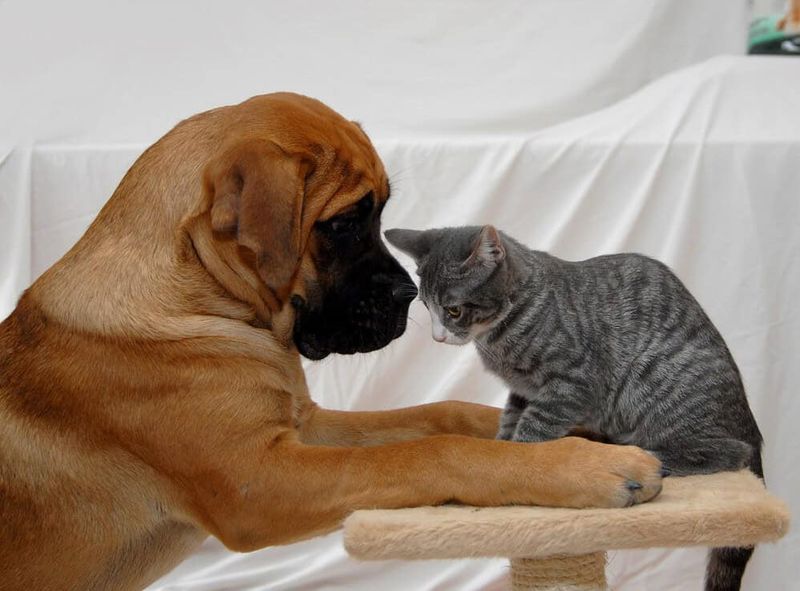
Bullmastiffs are protective and strong-willed, often leading to conflicts with cats.
Their natural instinct is to guard, which can translate into less tolerance for smaller animals.
Training and supervision are essential, but understanding their instincts is key to managing interactions with cats.
Rhodesian Ridgeback
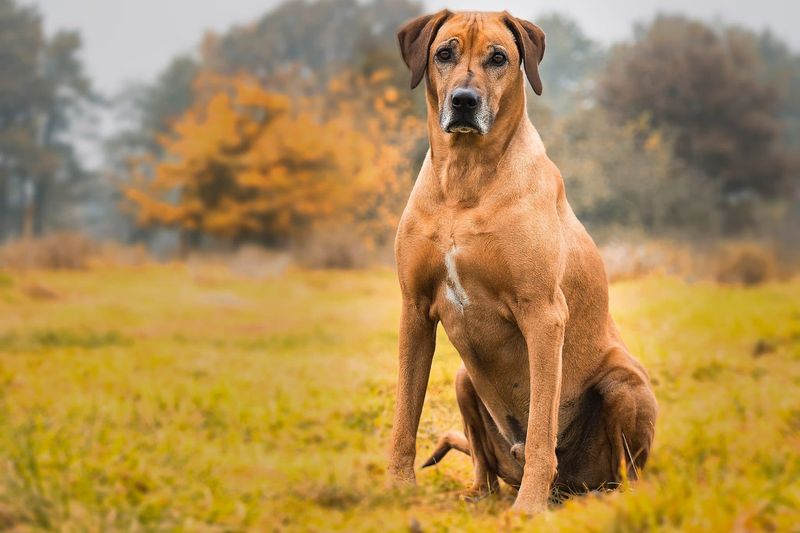
Rhodesian Ridgebacks are strong and independent, with a high prey drive that can make cat coexistence difficult.
Their heritage as hunting dogs means they may view cats as prey.
Training is important, but instincts run deep, requiring owners to supervise interactions carefully and provide separate spaces for pets.
Akita
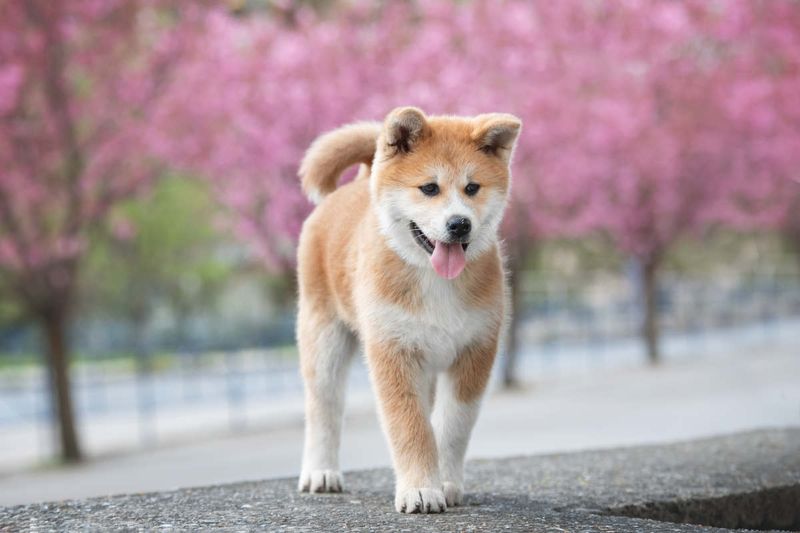
Akitas are loyal and powerful, with a strong protective instinct that can make them incompatible with cats.
Bred to be guard dogs, they may not tolerate the presence of smaller animals like cats.
Training may aid in management, but supervision and separate spaces are crucial to prevent conflicts.
Belgian Malinois
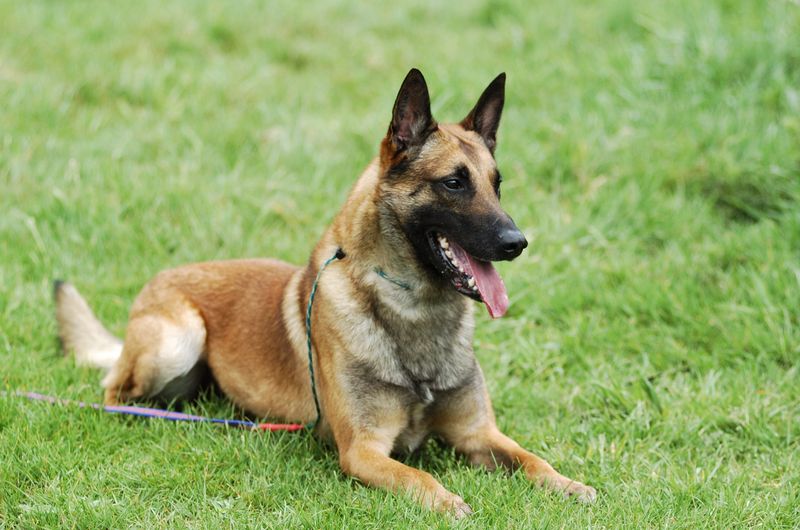
Belgian Malinois are active and protective, often viewing smaller animals as prey.
Their high energy demands constant engagement, and their instincts can lead to aggressive behavior towards cats.
Owners must be diligent in training and supervision to manage these interactions. Understanding their instincts is vital.
Australian Cattle Dog
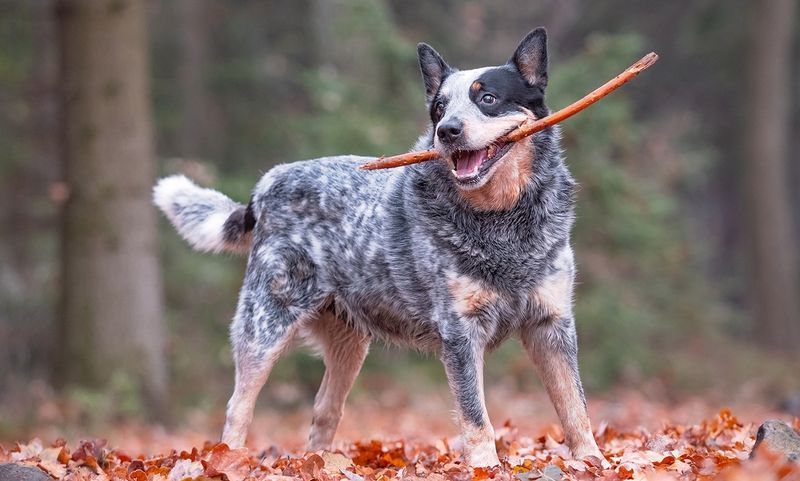
Australian Cattle Dogs are intelligent and driven, with herding instincts that can be problematic around cats.
They may try to herd cats, causing stress and potential aggression.
Training helps manage behaviors, but these instincts are strong. Owners should provide structured environments and ensure safe spaces for cats.
Scottish Terrier
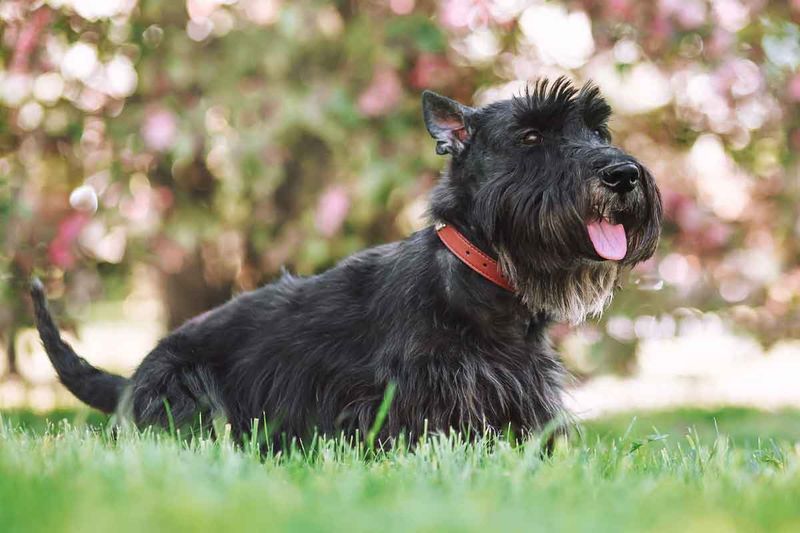
Scottish Terriers are independent and bold. Their strong prey drive can lead to conflicts with cats.
Bred to hunt, they may see cats as potential prey.
Even with training, their instincts are challenging to suppress. Owners should ensure secure environments and monitor interactions closely.
Great Dane
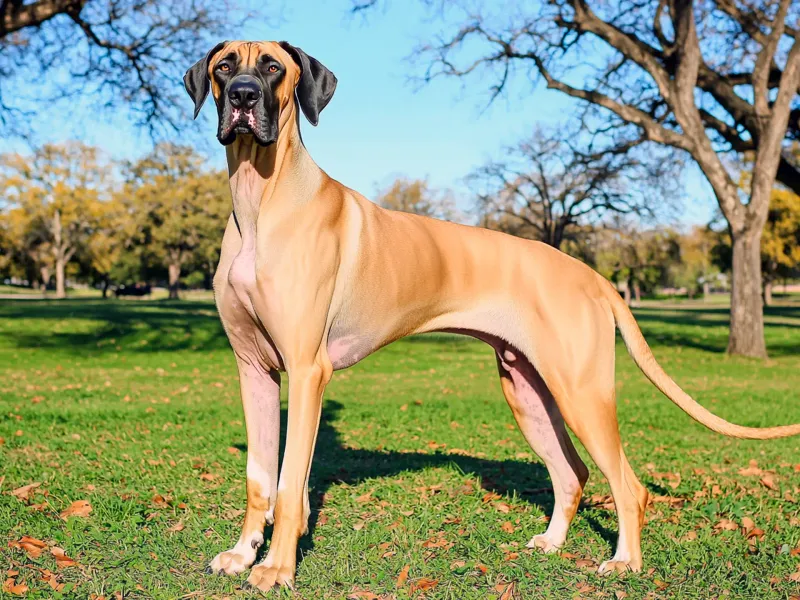
Great Danes are gentle but large, and their size can be intimidating to cats.
Their playful nature may inadvertently lead to rough encounters with smaller animals.
Training is essential to manage interactions, yet supervision is always necessary. Ensuring separate spaces can prevent stress and conflict.
Shiba Inu
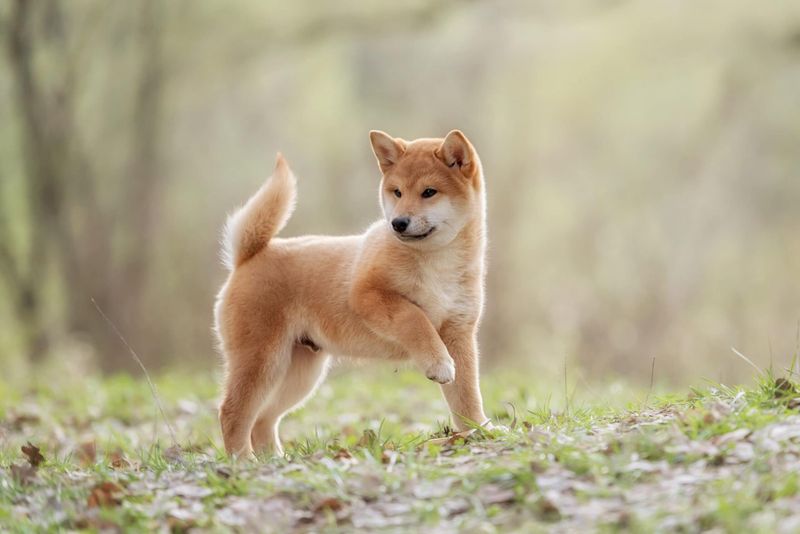
Shiba Inus are spirited and independent, traits that often don’t mix well with cats.
Their strong prey drive and aloof nature can lead to conflicts.
While training may help curb certain behaviors, their instincts are deeply rooted. Owners should provide clear boundaries and ensure safe spaces for all pets.

